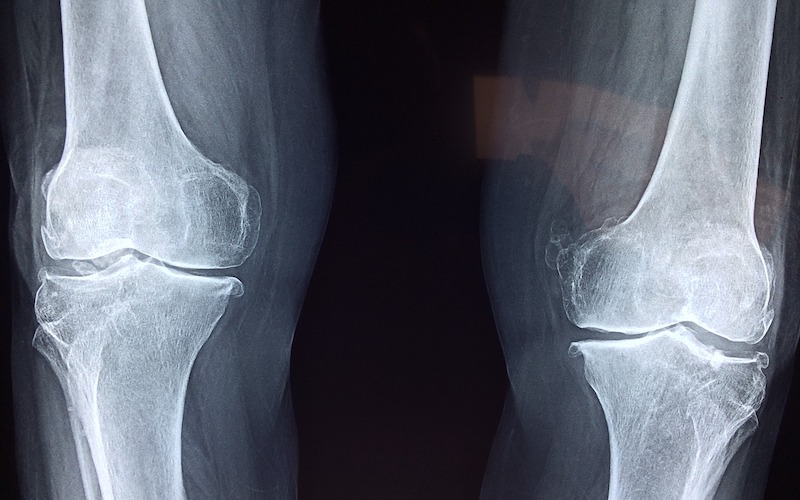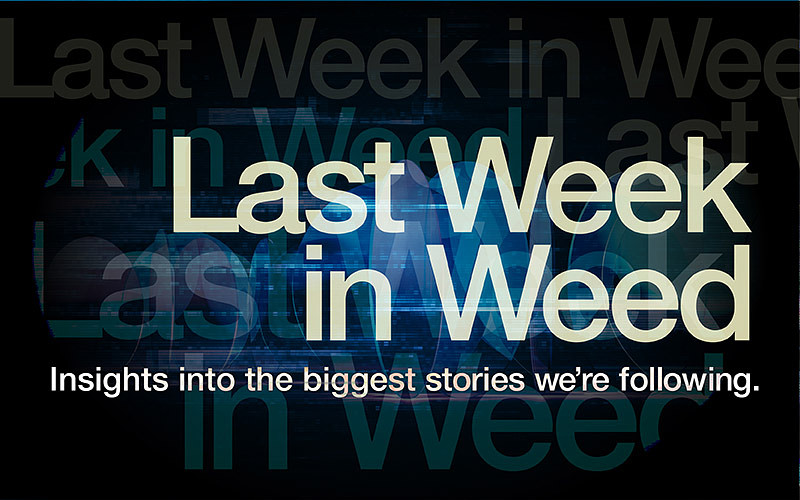Medical cannabis is currently legal in 29 states. Of those, none provide insurance coverage for the substance. This leaves consumers in a difficult situation: choose to purchase cannabis at their own expense or choose a potentially more harmful or addictive pharmaceutical medication covered by insurance. The dilemma is not new, but consumers and entrepreneurs alike are creating inventive ways to deal with the problem.
Microdosing has become one of the most popular and effective options for treating illness without taking on a hefty medical bill. Dr. Dustin Sulak covers the topic extensively in both his medical practice and in numerous online journals. According to Dr. Sulak, “For most medications, a higher dose will result in a stronger therapeutic effect and a higher likelihood of adverse effects; this is described as a monophasic dose-response relationship. Cannabis simply does not follow this pattern.”
His research concluded that after a certain point, higher dosages can actually result in weaker therapeutic effects and an increase in negative side effects. The lowest effective dose tends to be the most therapeutic. A 2012 study published in The Journal of Pain treated three groups of cancer patients with variable doses of THC and CBD. The group receiving a lower dose experienced a more significant reduction in pain than the group receiving the higher dose. Those receiving the highest dose had the same decrease in pain as the placebo group, but experienced more adverse effects.
According to Dr. Sulak, this unexpected response is closely tied to the behavior of the endocannabinoid system: “When the cannabinoid receptors become overstimulated by high doses of cannabis, the cells pull the receptors inside, where they are recycled or degraded. As cannabinoid levels diminish, the effects of cannabis will diminish as well, even (or especially) in the face of dose escalation.” Medical users who have developed a tolerance to the substance may end up spending more money to achieve the same therapeutic effects, and more importantly, their treatments may become less effective, increasing their pain and discomfort.
Medical users may find benefit in learning to cultivate their own plants at home and avoid paying high dispensary prices for both raw flower and infused products. Some progressive technology has sprung onto the scene to address these concerns, such as the NOVA Decarboxylator. Many of the psychoactive and therapeutic benefits of cannabis are tied up in tetrahydrocannabinol (THC) and cannabidiol (CBD), but cannot be unlocked until they are converted from tetrahydrocannabinolic acid (THCA).
All cannabinoids contained in raw cannabis contain an extra carboxyl ring which needs to be removed through the process of decarboxylation in order to fully activate the THC. Once activated, the THC content of the product an skyrocket to incredibly potent levels. This is perfect for the microdoser, as a small amount of activated flower can either be ingested or infused into a product, resulting in high-potency edibles or topicals at a very low price.
Shanel Lindsay, CEO of Ardent Cannabis and inventor of the NOVA decarboxylator, shared her thoughts on the value of this technology for the microdoser: “We did tests based on one ounce of oil, which is only around 2 tablespoons. Then we showed people how to just decarboxylate half a gram of cannabis and get over 90 milligrams of THC into the oil. The infusion rates we are getting are anywhere between 80 and 95 percent active THC using the device. When you’re talking about half a gram of cannabis making almost 100 milligrams of THC, that’s not a microdose in anybody’s world, but the idea is that you could take the scraps of what you have left over and be able to make a really potent medicine.”
New users should begin the process by slowly introducing the cannabis to one’s system. Typically, one to five milligrams should be a good starting place for those with little to no tolerance to the substance. Tracking one’s mood and pain symptoms while slowly increasing the dose is a reliable way to measure how the cannabis is affecting your system. Once mood and pain levels are adequately managed, the dosage can be maintained at that level until it is no longer effective. The dose is often taken twice a day, once in the morning and once in the evening. One should also be mindful of the type of cannabis one is ingesting, the strain, and the potency levels, as all of these variables will affect the way the substance interacts with one’s body.
Experienced consumers may benefit from gradually decreasing one’s dose to the lowest possible amount for at least a few days to allow the body’s cannabinoid receptors to recover and regain their receptivity to smaller quantities of the substance. Again, tracking one’s responses to lower doses may be helpful in determining the lowest dose one can ingest while still retaining perceptible therapeutic benefit.
The study of microdosing is still in its infancy, but many doctors and scientists in the field are advocating for low-dose treatment options to give their patients and clients relief. Dr. Anthony Smith, founder of Kenevir Research and Chief Science Officer at EVIO Labs, noted his experience with microdosing: “You find a lot of people on pain meds can half their medications instantly with microdosing of THC and CBD. I think that’s cutting edge, in a sense that it’s something that even people who aren’t into ‘pot’ could find a lot of interesting medical uses for.”
Implementing a microdose regimen could radically reduce the amount of cannabis needed to provide therapeutic benefits, ultimately lowering the overall costs associated with medical marijuana treatment. Further, those who have little experience with the substance may find microdosing a more approachable option for incorporating it into one’s daily routine. When asked about the prospective popularity of low-dose cannabis treatment, Ardent CEO Lindsay optimistically posited, “The future of cannabis definitely belongs to the microdoser.”
Author
-

Patricia Miller is an executive editor at Innovative Properties Worldwide. She explores science, technology, and policy shaping the legal cannabis sector. Follow her work when you subscribe to Cannabis & Tech Today at cannatechtoday.com/subscribe/ or visit her website https://patriciamiller.squarespace.com/.






